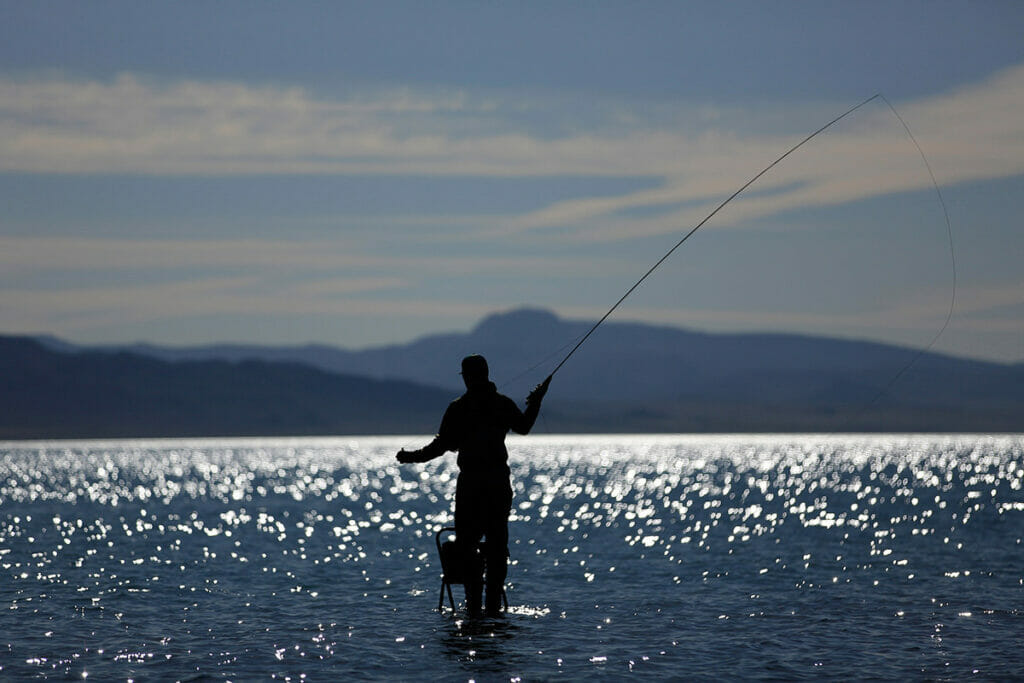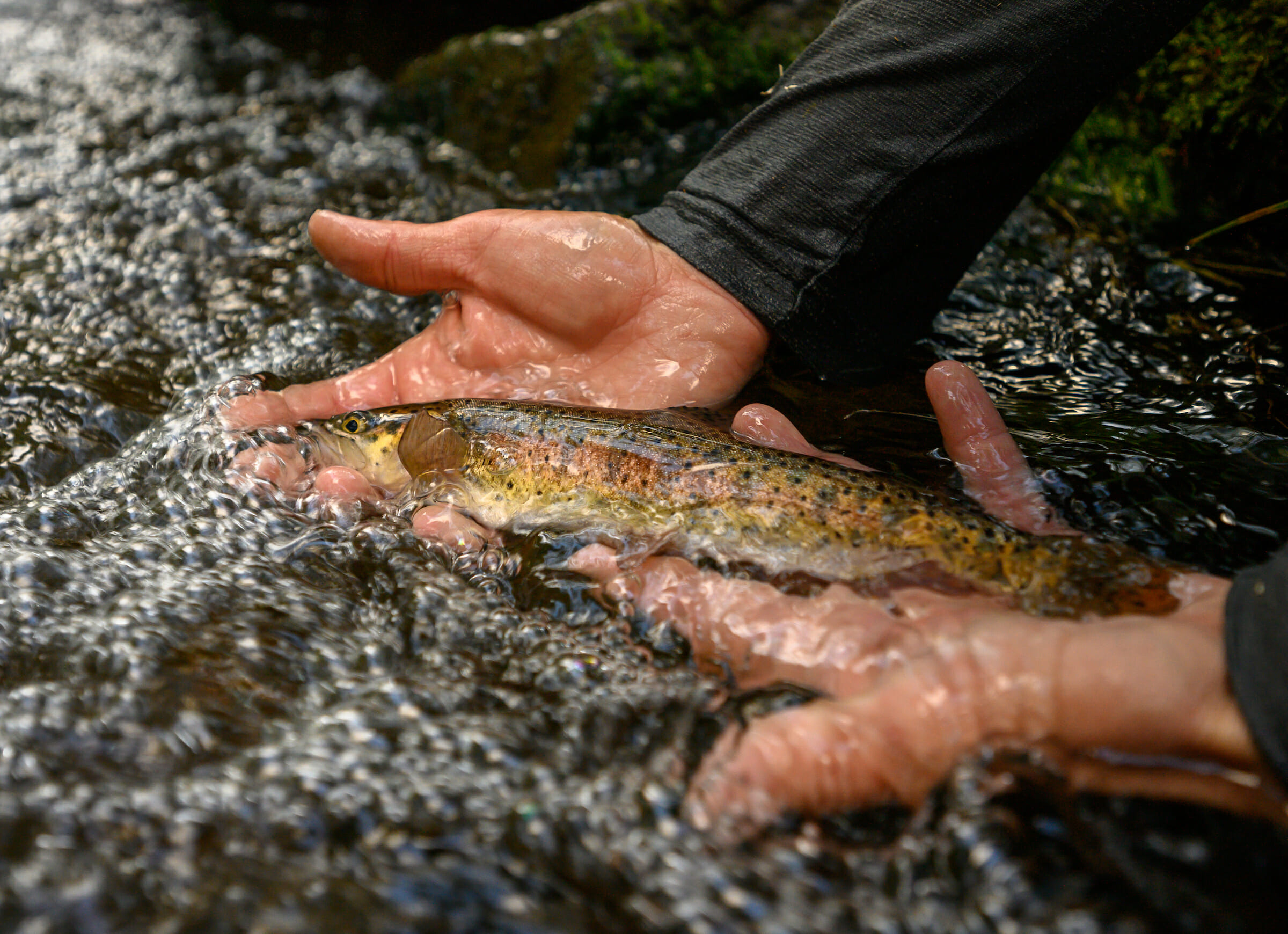Lahontan cutthroat trout genetics expand conservation options
There’s a species extinction crisis happening right now, and that includes trout.
Extinction is evident across our landscapes thanks to things like habitat loss and disconnection, non-native species, and, of course, climate change.
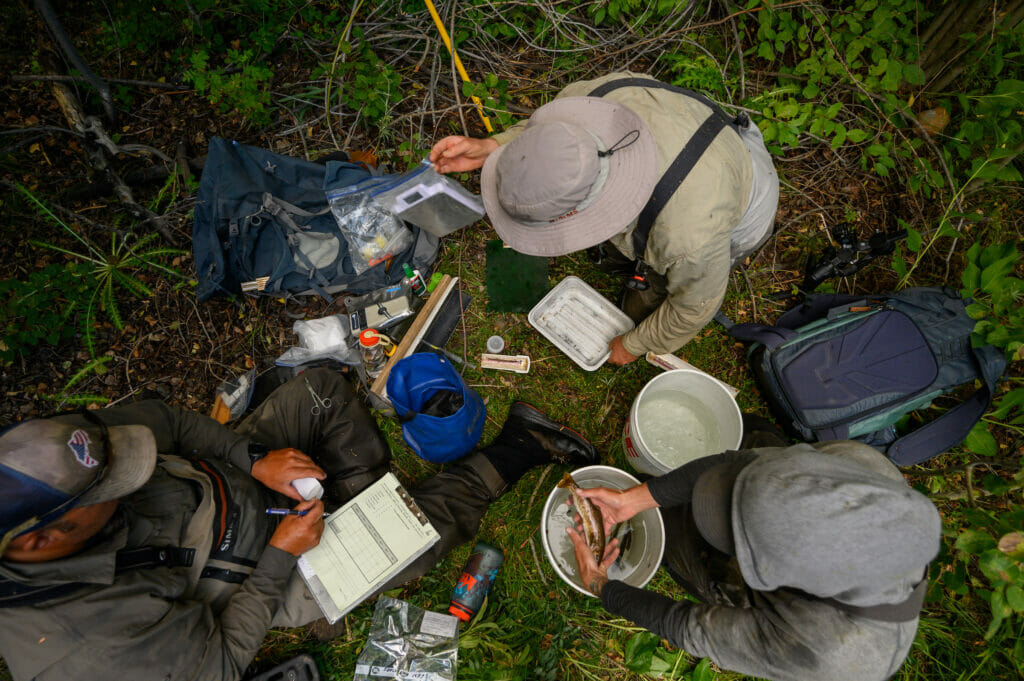
One species threatened with extinction is the famed Lahontan Cutthroat Trout (LCT). Many anglers are familiar with this fish thanks to photos of the beasts that have recently been coming out of Pyramid Lake. Less well known are the other 70 or so stream populations across the range. These trout generally exist today in small, high mountain streams and range greatly in size, health and abundance in their habitats.
The fish has been listed on the Endangered Species list since the 1970s, and Trout Unlimited’s science team has been lending its hand to understand what factors are at play and realize the possibilities of restoring them and their habitat.
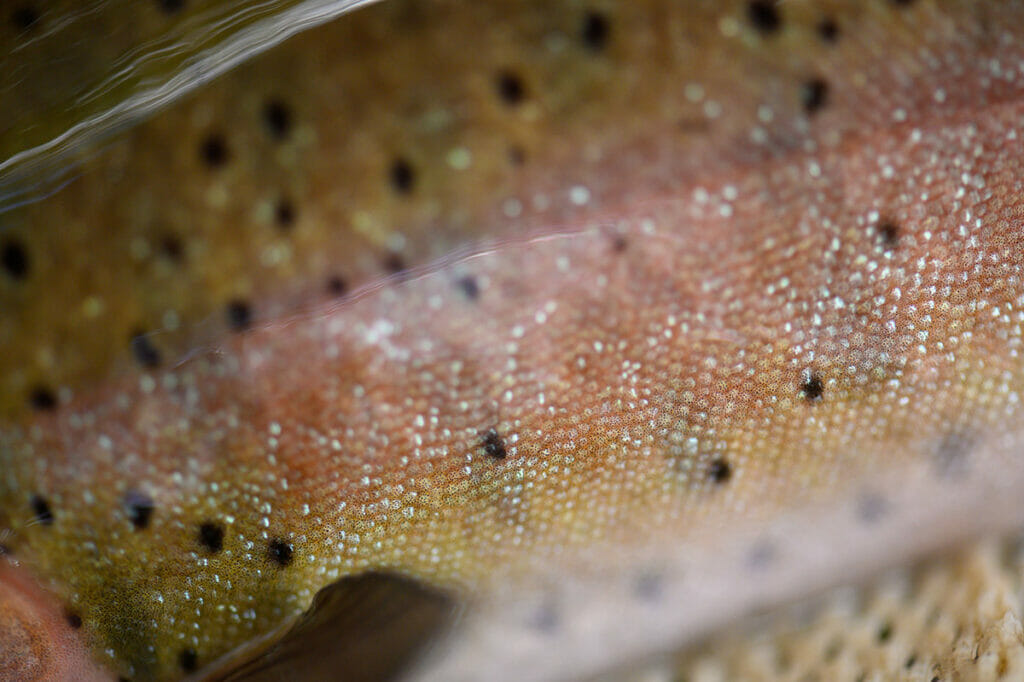
Working with many partners like the fish and wildlife agencies from Nevada, California and Oregon, the U.S. Fish & Wildlife Service, the US Forest Service, the Bureau of Land Management, The Nature Conservancy and several universities, TU adds much needed field and science capacity to help evaluate and monitor these trout and get a better range wide picture of their status. TU is also deeply ingrained with the LCT management teams helping to guide conservation efforts toward where and when it makes most sense to engage.
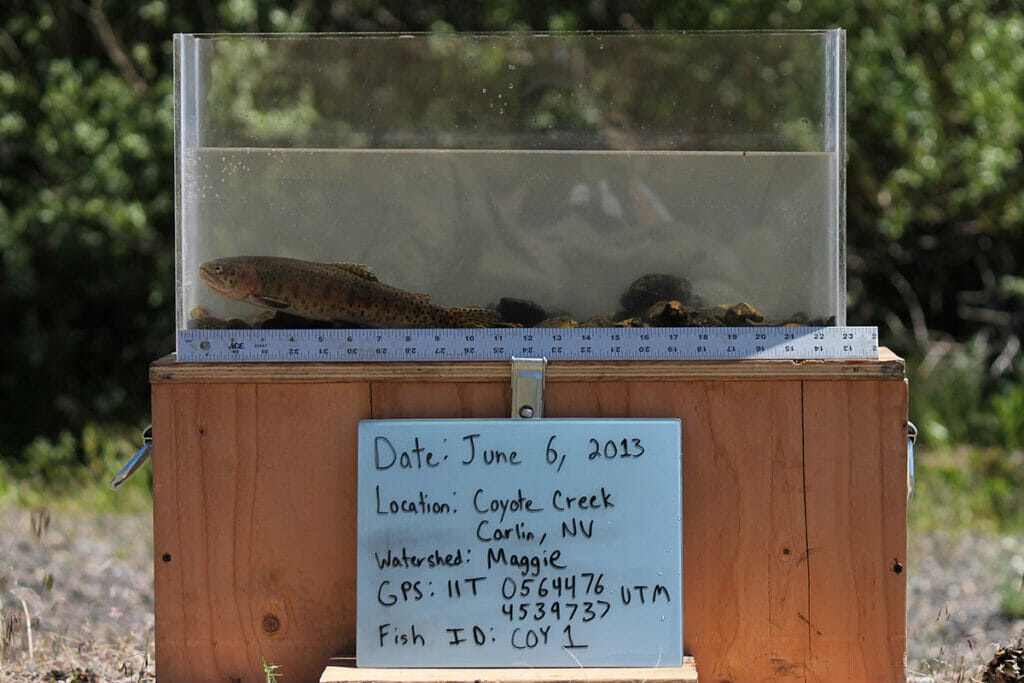
One piece of work recently accomplished by Helen Neville, TU’s senior scientist, and other TU staff and outside collaborators has to do with genetics. Demographic population monitoring has helped us, over years studying LCT, to better understand things like their abundance (or how many there are), trends over time and individual size and age characteristics (e.g., if there is a healthy distribution of large, reproducing-sized individuals as well as younger age classes suggesting successful reproduction). But demographics can’t tell us everything about a population, including details of some of the most important risk factors. That’s where genetics comes in.
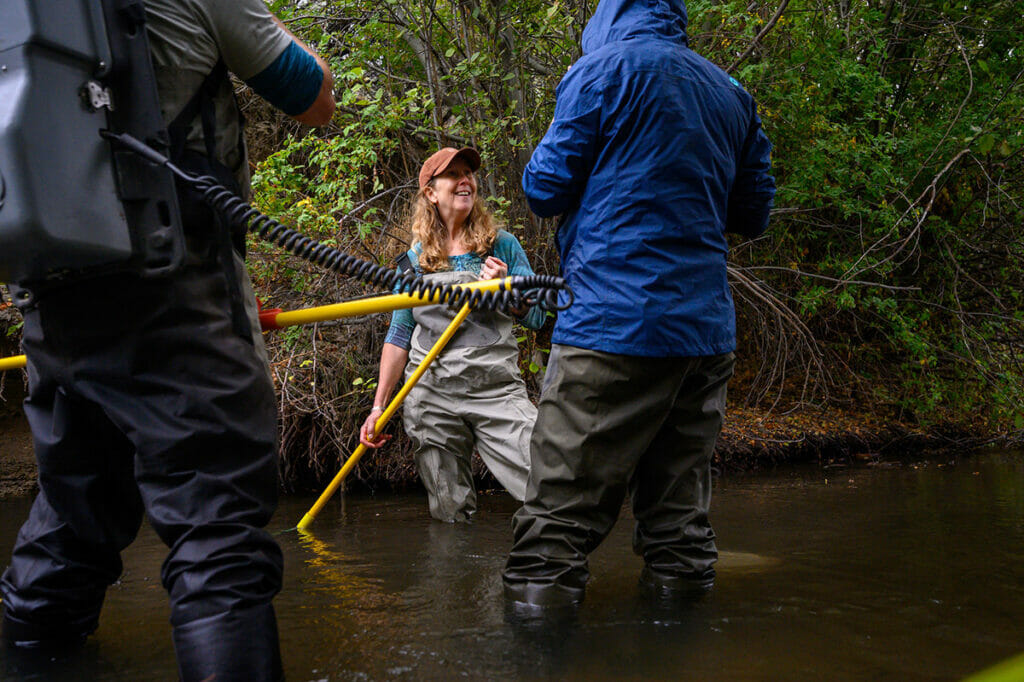
With genetic tools we can test populations for hybridization, which is a major concern thanks to a legacy of planting rainbows and Yellowstone cutthroat trout across the Lahontan basin. We can measure something called their “effective population size”, which peeks under the proverbial DNA hood to help identify past influences that affect genetic diversity but are not apparent simply from counting the number of trout today. This helps us estimate their evolutionary potential – i.e. to gauge if they’ll be able to reproduce to create new, healthy generations even in a changing environment.
Genetics can also help us learn about how connected populations are, and we can even get a sense of how their genetics allowed them to thrive through historic disturbances and how they might be able to call on those ancestral genes to survive warmer waters or severe drought.
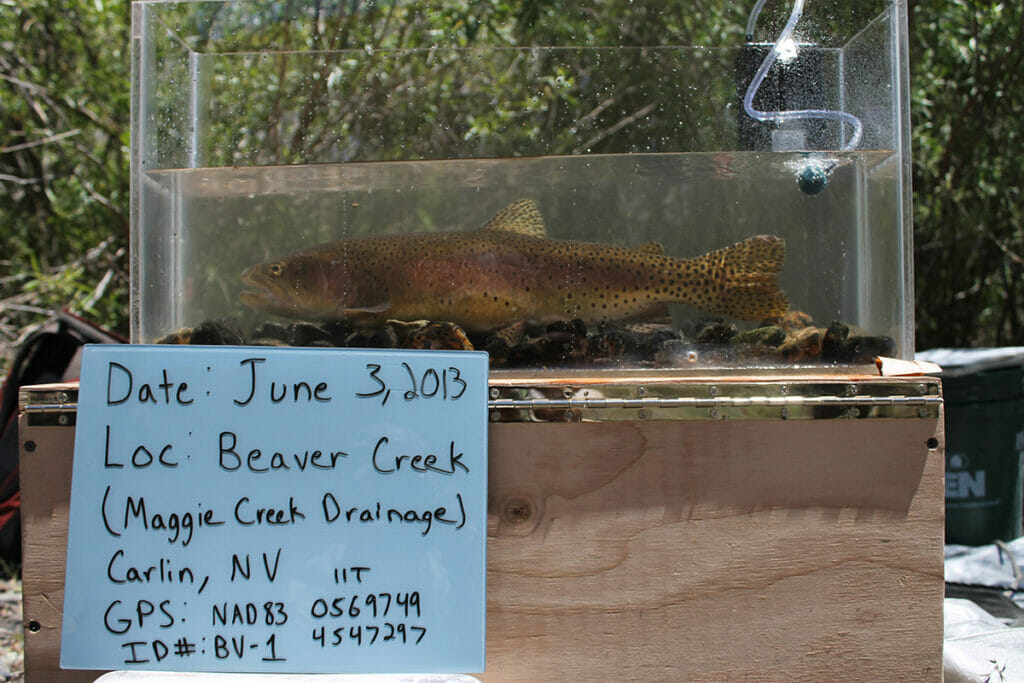
Today Lahontans live mostly in fragmented, small headwater streams that don’t allow for downstream migration in order for them to grow bigger in these seasonally warmer habitats. If we can reconnect headwater streams, we often get much larger, healthier fish, and what angler and conservationist doesn’t want that? Connection also allows populations to exchange genes and avoid disturbances, keeping the overall species healthier. While we still need to understand the larger effects of hybridization on these populations, we can better understand how to, when to and where to restore big, interconnected populations.
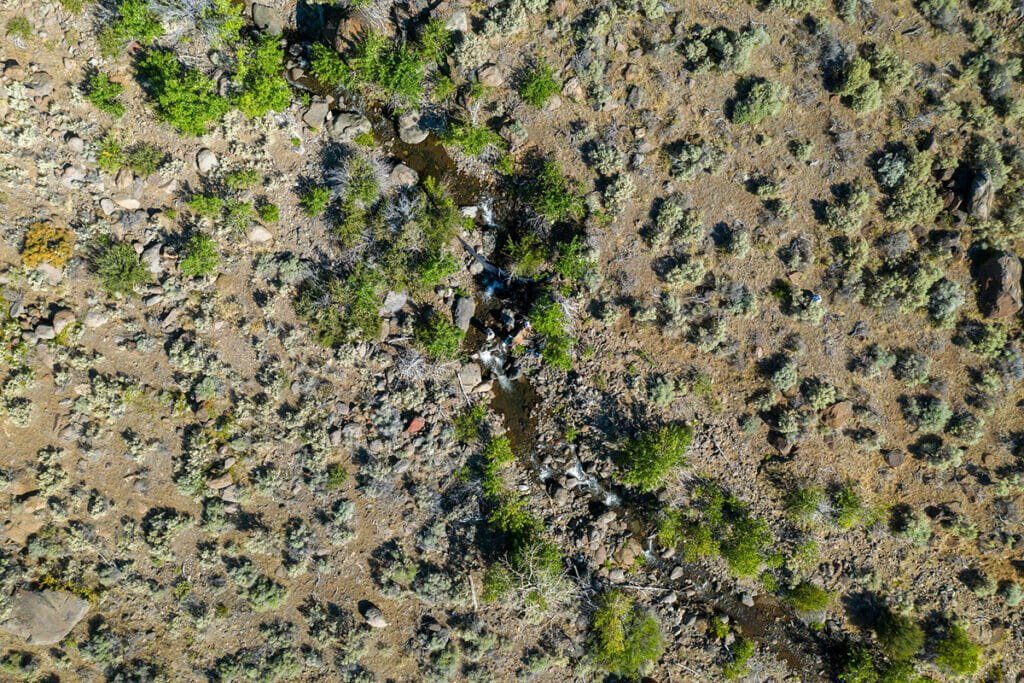
At times, it is physically impossible to reconnect some of these streams. If that is the case, we can manage the population by physically moving some fish from one population to another to increase genetic diversity. This might be used as a last resort when reconnection isn’t possible, but genetics will help us determine where and when to move these trout and how effective that management action is in enabling “genetic rescue”.
Watch more of TU’s science team’s work on the Lahontan Cutthroat Trout:
Essentially, this genetic information gives us more tools in the toolbox to help recover this listed species. We can glean different information through genetics, and when combined with the demographic data, we can help make smarter management decisions based on science. Science for the win!
